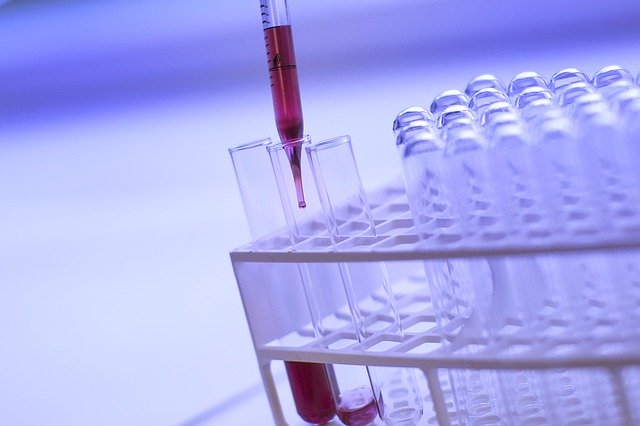A lot of researches on COVID-19 are focusing on looking for anti-SARS-CoV-2 antibodies, but the percentage of infected people who can seroconvert is still not known. The other dissolved mystery is why sometimes the viral genome can be detected long past the symptom resolution. The new research by the team of scientists from New York tried to find an explanation for these facts.
The researchers were observing the group of 1343 people, recovered from COVID-19. People from this group were screened via PCR for the presence of viral genome and via enzyme-linked immunosorbent assay (ELISA) for the presence of anti-SARS-CoV-2 spike antibodies (IgG). The test sensitivity is approximately 92% and its specificity is 99%.
Most patients from the group experienced light symptoms, with no need for hospitalization. The age varies from 17 to 76. 53% were male and 47% had confirmed SARS-CoV-2 diagnosis by prior PCR testing.
The median duration of the symptoms was 9 days (with the shortest period being 1 day and the longest being 67). 57% of individuals (761 out of 1343) tested antibody positive (meaning the high presence of anti-SARS-CoV-2 antibodies IgG), 5% (61) weakly positive and 39% (521) negative. None of the factors (gender, age, symptom duration) correlated with the result.
Out of 624 patients with confirmed SARS-CoV-2 by PCR, 82% were strongly antibody positive, 7% were weakly positive and 11% were negative. The higher antibody titer correlated with the longer time between the initial symptoms and testing, as well as longer symptom duration.
Individuals with the lowest antibody titer tested again after 10+ days. 64 out of 113 people agreed to test again, and 57 people became strongly positive, 4 weakly positive, and only 3 negative.
This data allows the conclusion that over 99% of individuals with confirmed SARS-CoV-2 by PCR were developing the anti-SARS-CoV-2 antibodies. The seroconversion time varies, but the median time between the initial symptoms and the high antibody titer is 24 days, and the median time after the symptoms disappear.
However, the picture is very different for the group (719 people) with the SARS-CoV-2 not being confirmed by PCR. Only 35% of the group were strongly antibody positive, 3% weakly positive and 62% were negative. Researchers agree that the mistakes with the data are possible, but it still suggests that a lot of people with the typical COVID-19 symptoms aren't actually infected with SARS-CoV-2, and PCR should still be used for the confirmation purposes.
While individuals who participated in the research claimed the disappearance of the symptoms (felt healthy from 3-14 days), 19% were still screened positive with PCR. The longest duration of the positive PCR result is 43 days from the onset of the symptoms and 28 days from their disappearance. The viral RNA presence doesn't always mean that virus is still active, but it is a good idea to be cautious and keep the self-isolation a few days after the symptoms are gone.
It is important to understand how long can the viral RNA load be indicated with the PCR and how long does it take for antibodies to develop. Answering these questions would make us realize the time period for the infected person to be a spreader and to plan the antibody tests properly. According to researchers, the optimal time for tests is at least 3-4 weeks after the onset of the symptoms and at least 2 weeks after the recovery.
Some questions however still remain unanswered, for example: how long does the immunity provided by IgG antibodies lasts? It is known that anti-SARS-CoV-1 antibodies disappear over time, so further researches on the topic are required.
